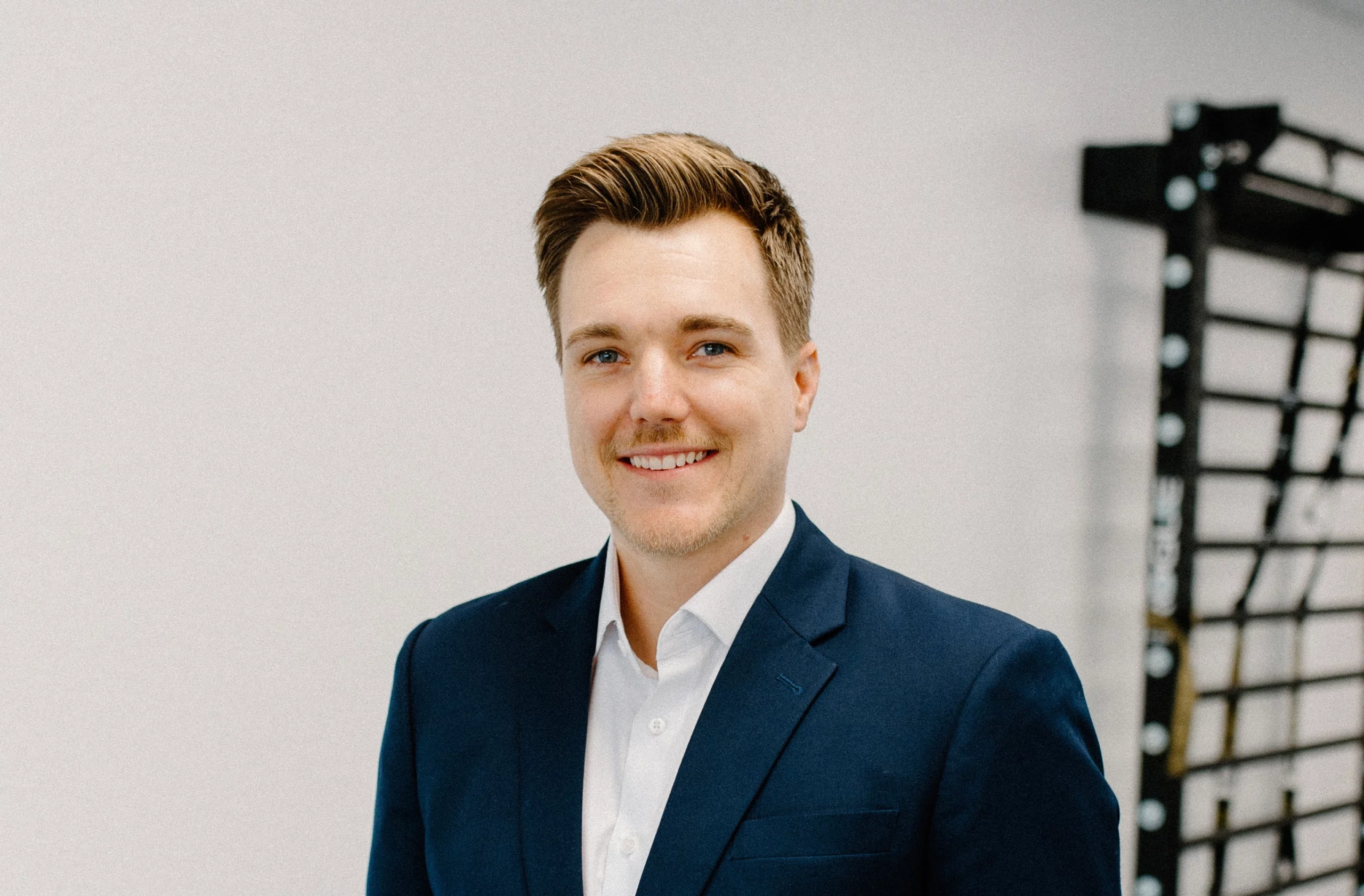Dr. Zach Barnett

Passion for people and for all things related to the foot and ankle. We delve into what podiatry looks like some common misconceptions of podiatry. We covered most common pathology or ailments that Dr. Barnett treats in his office. Be concluded with ways that people can get in touch with him for his services.
The viewer will gain an understanding and insight into some of the major problems related to the foot and ankle, and common injuries and pathologies. They will also learn for free valuable insight from a doctor podiatry on what to do if somebody is struggling with a foot or ankle issue and not sure where to begin
I have to ask you one question I have to ask you and I think the listeners would love to hear this and learn this about you. You can pour yourself into other people, you know, it’s it’s not as much of a job. You’re going to leave just knowing so much more information to at least to better make a decision or to better manage it at least partly on your own. You know, you and I have talked about some of the really cool modalities you do and it’s like, hey, that’s awesome, like let’s dive into that because again it helps patient outcome.
Hey guys, my name is Ken Clark, owner of Purpose Physical Therapy and the host of the St. Petersburg Professional Spotlight Series. And with us today for our very first show, our first guest is someone that I deeply respect and I know you guys will learn so much from. Dr. Zach Barnett is a board-certified podiatric physician who specializes in advanced foot and ankle reconstruction, 3D gait analysis, sports-related orthopedic pathologies, and anything really related to the foot and the ankle. He’s originally from Texas, a husband, a father of four, and a business owner — a patient-focused business owner seeking to restore the patient–doctor relationship through empathy and innovation. Dr. Barnett, thanks so much for joining the show and welcome.
Thanks a lot, glad to be here.
Yeah, you’re welcome, glad to have you. And before we kind of dive into the conversation and just learn a little bit about your story and your why, I have to ask you one question, and I think the listeners would love to hear this and learn this about you. A lot of your patients and even some of mine now that we share have come to know you as Boots or Dr. Boots. So tell me a little bit about what that means and how that came up.
Well, it’s funny because I feel like I’m a Floridian now and I’ll be here forever — I love Florida so much — but I was a sixth-generation Texan, so you know Texas has a lot of pride. Grew up in West Texas, which is real, real Texas, you know it’s not a city. We owned a ranch and had a farm, that kind of thing, that I would go visit with my grandfather each day. And so I just got big into wearing cowboy boots. I kind of fell out of it a little bit, but went to med school and then residency, and I was back into kind of wearing cowboy boots and it just it kind of stuck. A couple of the docs would look at me funny and say, you know, that doesn’t even match — that’s like wearing dress shoes with pajamas — like how can you wear scrubs with boots?
In Texas it’s commonplace — every hospital everyone’s wearing them — but outside of Texas it was almost like something that kind of stuck just because it’s something I’m in all the time.
Yeah, they say you can take the man out of Texas but you can’t take the Texas out of the man.
True.
Love that, that’s awesome.
So let’s get a little bit into your story. Tell me what drew you to this specialty. Was there a personal moment or a mentor that influenced you on this path?
Well, I’ve always just kind of had a deep level of empathy for people. I thought I would be a vet at one point, and then in college it was always something in the human sciences. I did a little research after college in neuroscience because I thought studying small cell lung cancer was really intriguing. I actually did a Susan G. Komen 3-day walk right when I had finished college, volunteering in the medical tent — it was actually a bunch of physical therapists working it.
As a college student I didn’t really have a lot of experience, so they just put me on blisters, because it was a three-day walk and a lot of the people there would get new shoes before they did this and they’d get blisters. They said, “Hey, let me show you how to lance a blister, pop it, put a band-aid on.” And I just did it without thinking, so they all kind of came up to me and were like, “You should be a foot doctor, that doesn’t gross you out.” And I’m like, “It really doesn’t bother me.”
So I shadowed some doctors, and really the thing that intrigued me was working with a foot and ankle orthopedic who was really brilliant. He had multiple fellowship trainings and really he resided on the foot, and he just said it’s kind of an unknown territory. You don’t learn anything about it really in school, and so many specialties just don’t know a lot about it. He said, “Save yourself a lot of time, go the podiatry route because you can do the exact same things I do and save yourself five years.”
Our training was still broad — I did everything in orthopedics, neuroscience, and a lot of plastic surgery, but always with a focus on foot and ankle pathology. I did over 2,000 surgeries in residency, but all geared toward the mechanics involved and the engineering side. The foot really has a lot of engineering involved, so that’s kind of what got me into podiatry.

